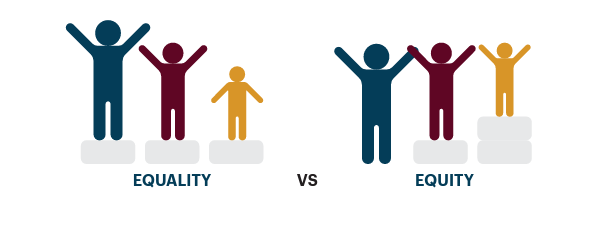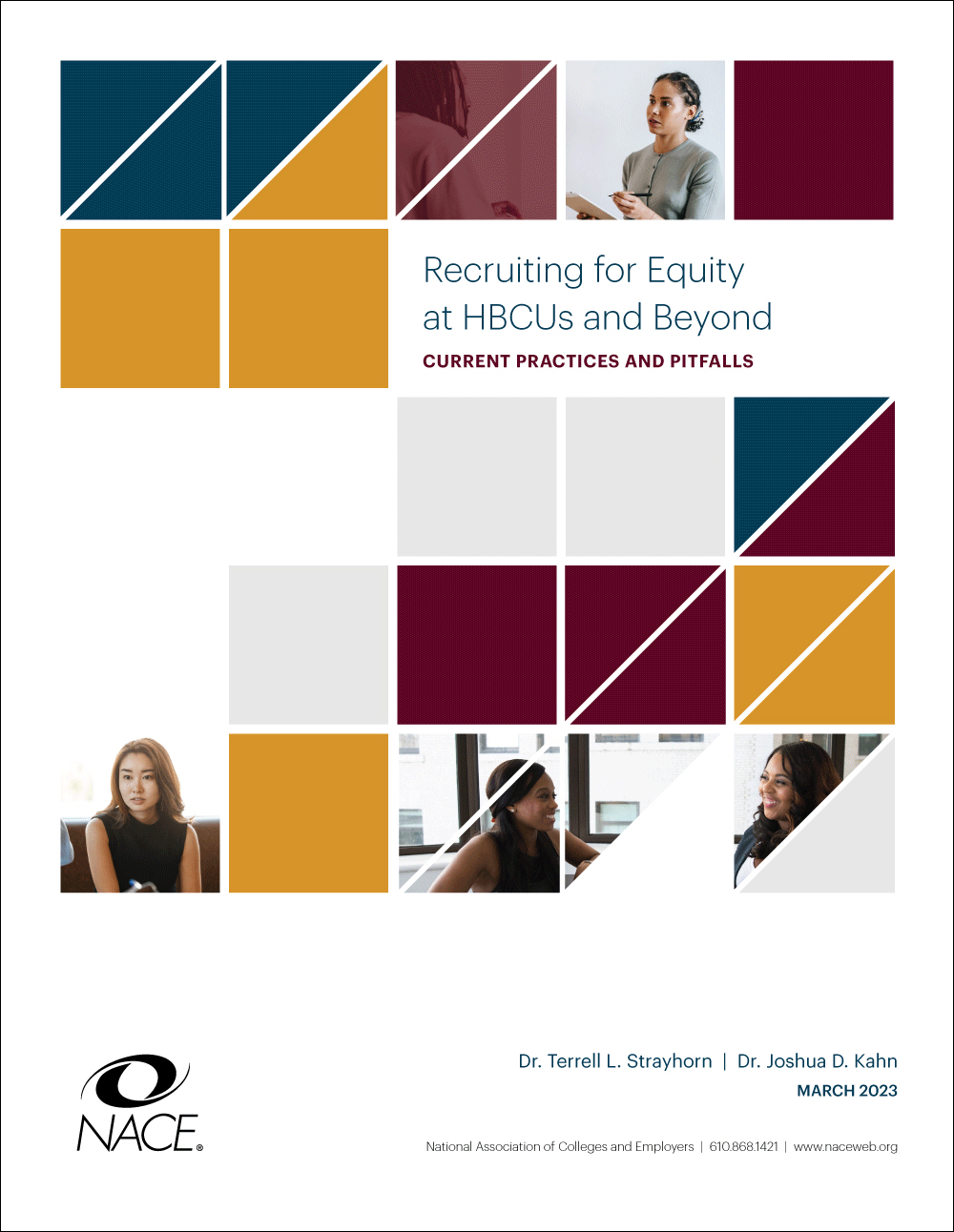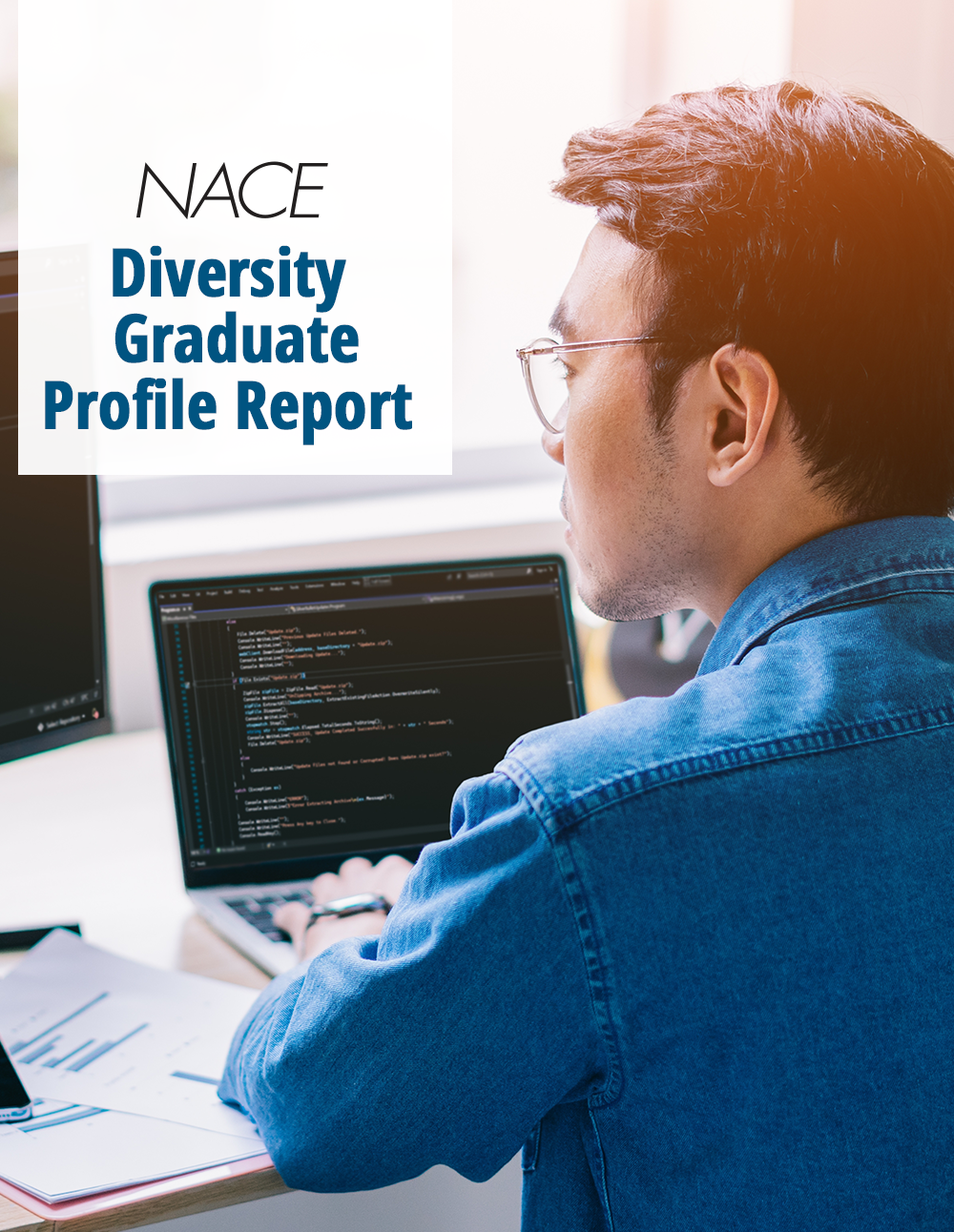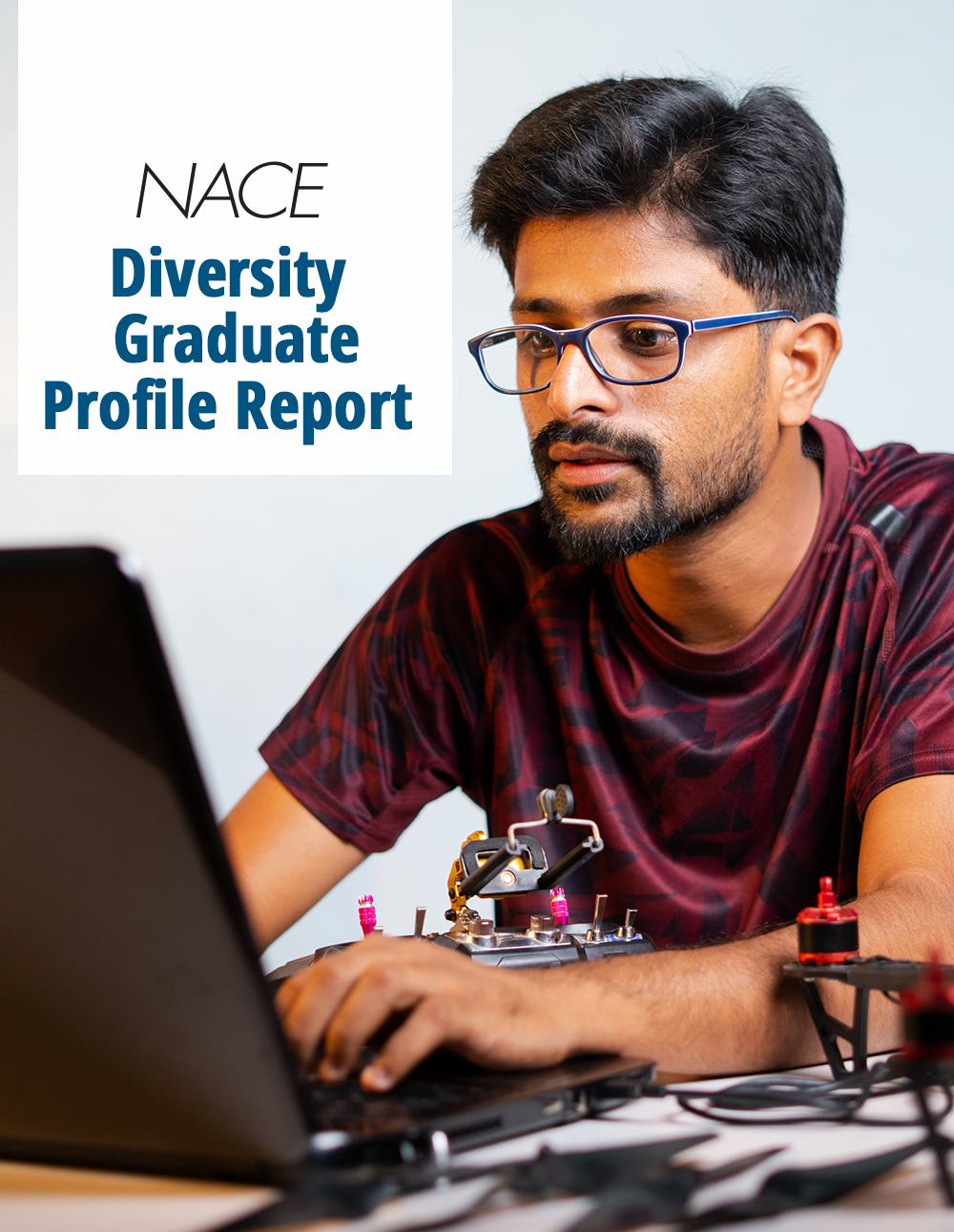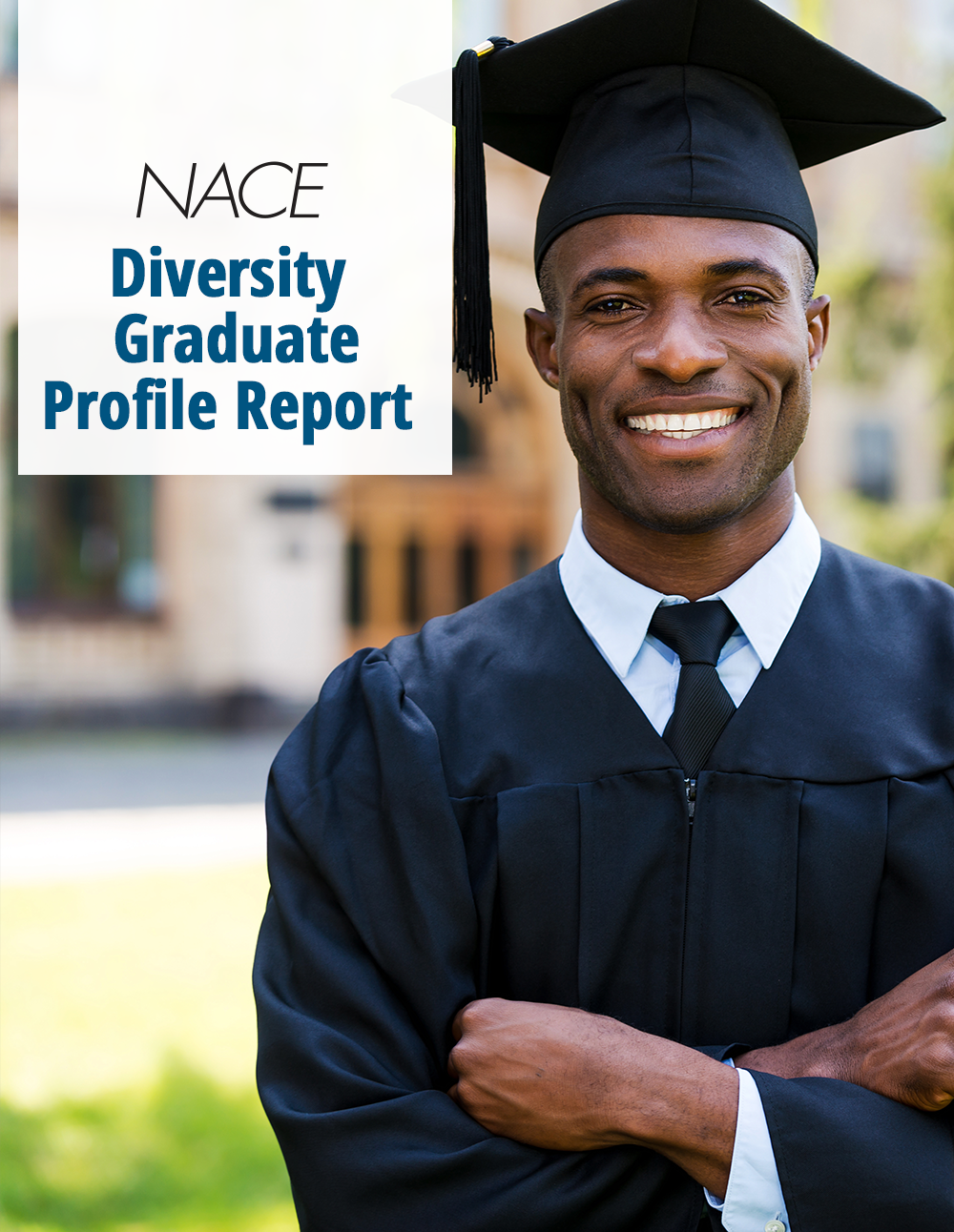Spotlight for Recruiting Professionals
“Culture fit” is problematic and undefinable because it can mean so many things to different people, says Jason Clark, senior manager, diversity, inclusion, and campus relations at Empower Retirement.
“The definition can vary depending on one’s personal preferences,” Clark says. “Many times, culture fit is grounded in a subjective feeling that is placed on others.”
At Empower Retirement, Clark and his team are leading a move away from assessing candidates for “culture fit” by aligning values and providing hiring managers with interview questions and language. Empower Retirement’s values are:
- Do the right thing;
- Own it;
- Lead;
- Simplify; and
- Collaborate.
“As a company, Clark says, “our goal is to be clear to our people and customers what we value and prioritize. [These values] are our North Star when it comes to serving our customers, and we want all our people to embody them. Including them in the interview does two things: educates prospective employees about our values and gives hiring manages a clear pathway for assessing candidates for the same values. It removes the guessing and subjective opinions from the process for candidates and interviewers alike.”
Clark says that there is no one correct way to approach work addressing diversity, equity, and inclusion (DEI). Sometimes, the first step is understanding how things get accomplished within a company and identifying who the influencers are.
“At Empower, we started by doing focus groups with our people and then formed a council made up mostly of senior leaders to set, monitor, and champion our DEI efforts,” he explains.
“For us, engaging executive leaders was key to our initial success. However, now that we have buy-in, membership on the council includes a broader representation of our employee base.”
Clark further recommends pairing the qualitative data from the focus groups discussed above with quantitative data to assess any gaps and opportunities, hiring/partnering with DEI experts, and engaging your employees—especially marginalized communities—in the process.
Some organizations are held back from creating a culture that brings a DEI focus to its employees because they fear getting things wrong or do not hold leadership accountable for results and progress.
In addition, Clark makes the distinction between organizations taking hollow steps and those truly advancing diversity, equity, and inclusion.
“Many companies are getting engaged in DEI efforts, and I honestly think most have good intentions,” he says.
“However, there are some red flags or signs that give insight into those intentions.”
One sign, for example, is an over-emphasis on short-term strategies with no or little emphasis on long-term strategies.
“This speaks to sustainability, or lack thereof,” Clark points out.
“Another sign can be summed up with some popularized phrases: ‘woke capitalism’ or ‘performative justice.’ [This is] when companies leverage movements or causes to promote their brand without any substance or advocacy, or without actually making a commitment to contribute to the cause or movement themselves. Long story short, look for long-term goals, actions, and contributions, and be aware of companies that are all talk with no substance.”
Organizations that are truly committed to advancing diversity, equity, and inclusion can keep the momentum going by recognizing that diversity is a journey, not a destination.
“Staying up on the latest trends and current events gives insight into how you may need to shift or update your strategy,” Clark suggests.
“There are great organizations like the Human Rights Campaign, Disability: In, and the Hispanic Association of Corporate Responsibility that help organizations benchmark their DEI efforts and keep the momentum going in terms of making progress for marginalized communities.”
To move away from assessing candidates for culture fit, Clark recommends organizations take a structured approach for interviews.
“Ask the same questions of all candidates,” he says.
“Align your questions with the job description. Use an interview evaluation tool that scores candidates on your interview process. When you quantify the important and objective parts of the interview, you spend less time prioritizing subjective opinions. Align with your hiring committee and openly discuss that looking for culture fit is not the goal. You can state that you are looking for culture add.”
